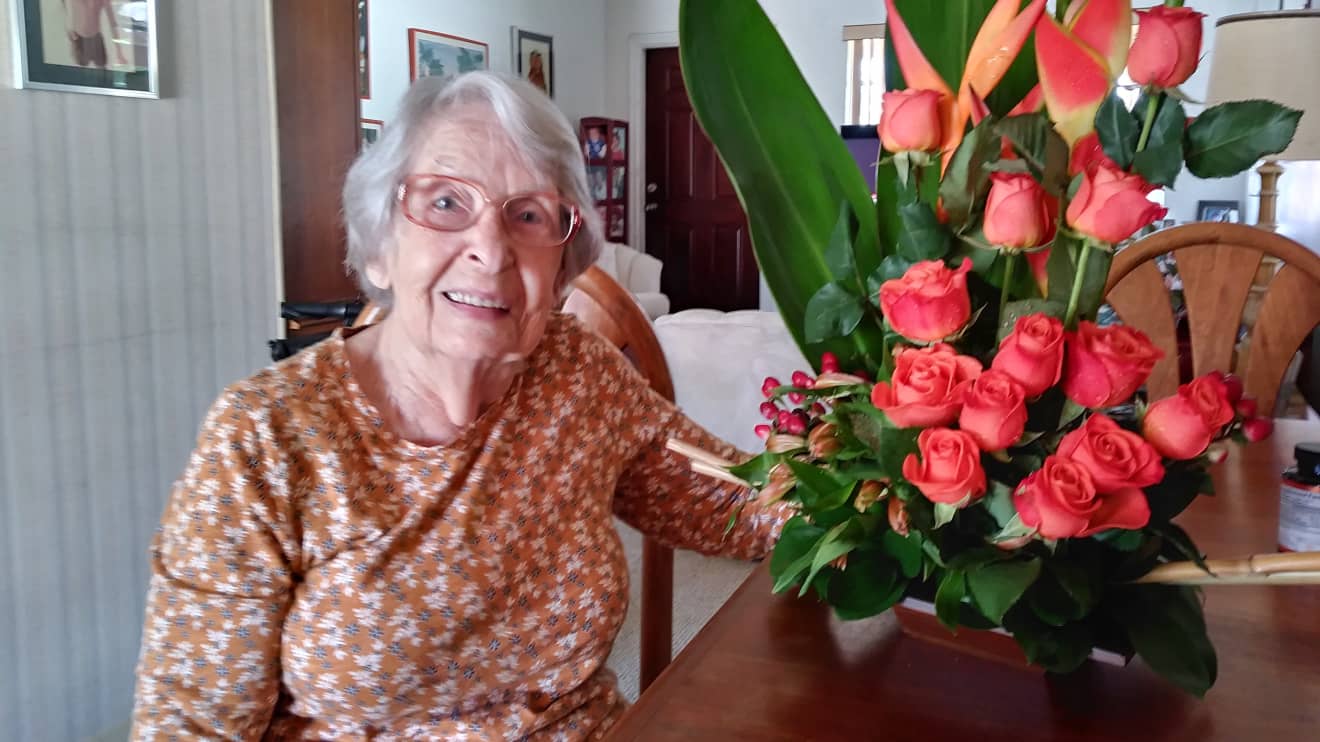This post was originally published on this site
At 90 years old, William Shatner became the oldest person to fly into space when he took a ride aboard Jeff Bezos’ Blue Origin rocket on Wednesday. But the actor of “Star Trek” fame is in good company when it comes to nonagenarians who are defying expectations about the so-called “oldest old”.
Take Jimmy Carter, who recently turned 97 and was building houses for Habitat for Humanity as recently as a couple of years ago. Or Dick Van Dyke, the 95-year-act actor who was just spotted attending a fitness class.
The story goes beyond boldface names, of course.
Consider Palm Springs, Fla., resident Babe Davidoff: At 94, she continues to run the photography studio started by her late husband, attends a weekly yoga class and maintains an active social life connecting with friends and family.
“When people find out how old I am, they’re shocked,” says Davidoff.
Perhaps they shouldn’t be so surprised. The “oldest old” is certainly a booming group: In a 2011 report, the United States Census Bureau said the 90-and-older population had tripled over the previous three decades and was expected to grow even higher by 2050.
More recently, the bureau estimated that the population of those aged 90-94 increased by nearly 24% to about 1.8 million people from 2010 to 2020.

Babe Davidoff, a 94-year-old Florida resident, still runs the photo studio started by her late husband.
Kenneth Davidoff
But it’s not just about the numbers, experts on aging say. It’s also about how this group is often so active, as the aforementioned examples attest.
“We are just at the beginning of recognizing the possibility and potential these additional years provide,” says Paul Irving, chairman of the Milken Institute Center for the Future of Aging.
Indeed, there have been plenty of recent news accounts of 90-and-older individuals beyond Shatner achieving impressive things. Consider centenarian Betty Reid Soskin, the oldest active ranger in the National Park Service. Or 99-year-old Hugh Brown, who recently recorded a hole-in-one at an Australian golf course.
Not that there aren’t barriers to overcome, Irving and others say. Society still has too many fixed ideas about the senior population’s capabilities, they argue, noting that even the “oldest old” can take their place in the world by working, volunteering, socializing, taking classes or, yes, flying into space.
“No one’s dreams should ever be limited by their age,” says Barbara Shipley, an executive with AARP, the prominent advocacy group for seniors.
Challenges in old age
Which is not to say that the “oldest old” don’t face physical, mental and other challenges. In its 2011 report, the Census Bureau noted that the majority of people 90 or older reported having at least one disability and living alone or in a nursing home. The bureau also noted they have a higher poverty rate than those who are just under the 90-and-older mark.
For this latter reason, many financial advisers say they are reconsidering how they plan retirement distributions. In a previous era, they might assume their clients would die before they reached age 90. Today, they are increasingly mapping out plans to 95 or even beyond to ensure clients don’t outlive their money.
“You’re going to have to think differently” about retirement, says Brent Weiss, co-founder of Facet Wealth, an advisory firm.
Advisers also say they have noticed how many of their 90-and-older clients are so active and engaged with the world. “Some of these folks act like they were 60 years old. It’s quite remarkable,” says John Bergmann, president of Portfolio Solutions, another advisory firm.
And plenty of others are just busy leading normal, everyday lives, as if age was just a number.
Milt Fisher, a 96-year-old resident of Somers, N.Y., is one example. A former art director in the advertising field, Fisher now keeps busy painting, sculpting and doing photography on his own and he occasionally showcases his work in exhibitions. He also makes regular trips to Mexico, visiting the arts-friendly city of San Miguel de Allende.
As long as he is healthy, Fisher says he wants to do “anything and everything” he can. “I’m just taking advantage of the extra time I have,” he concludes.

